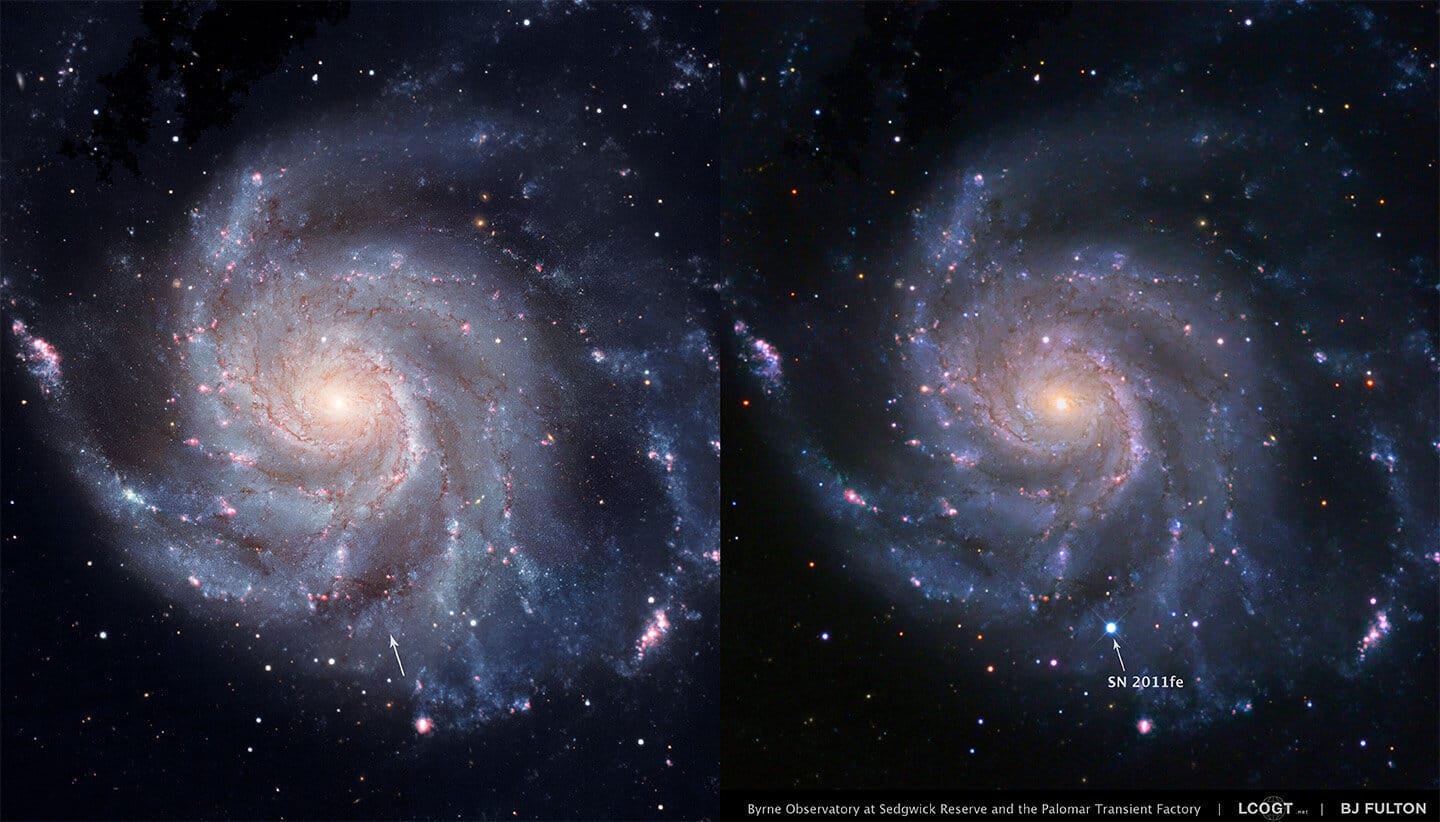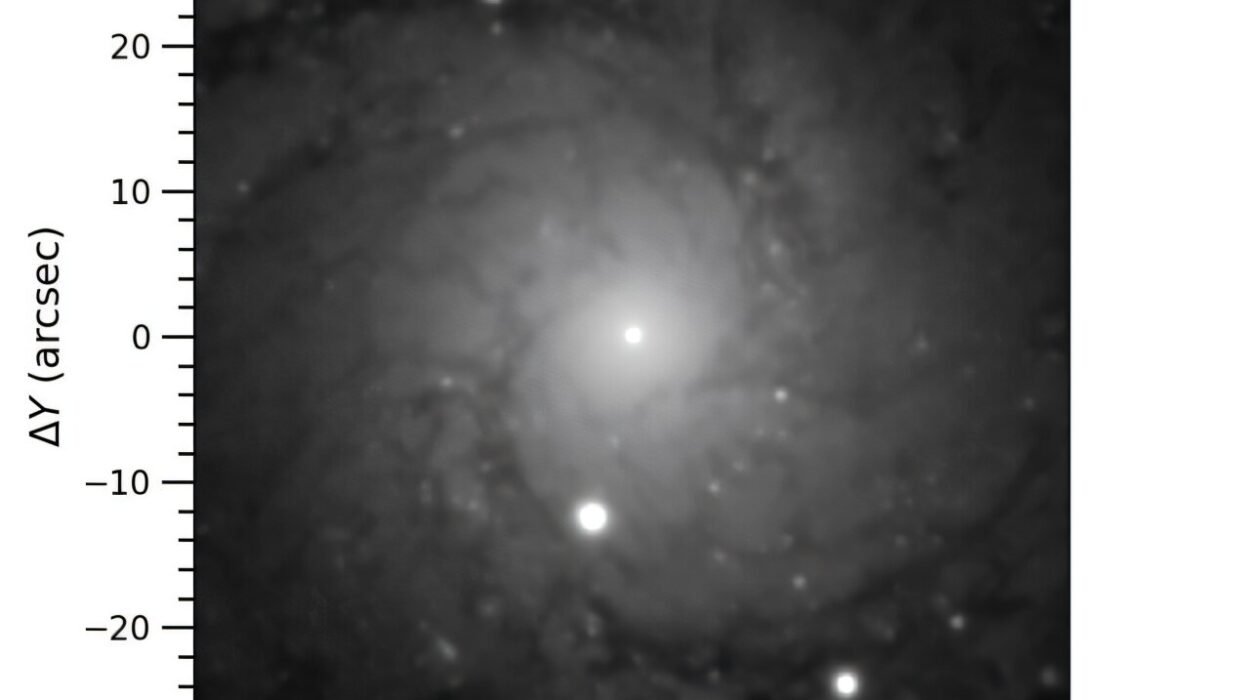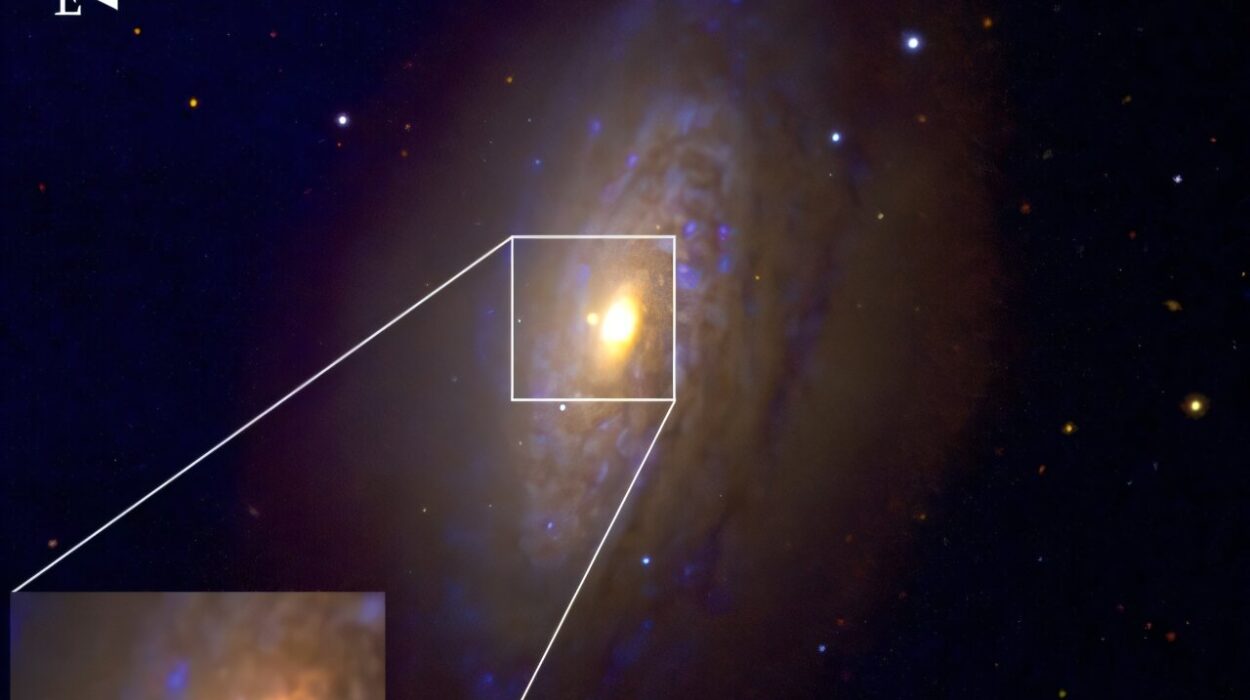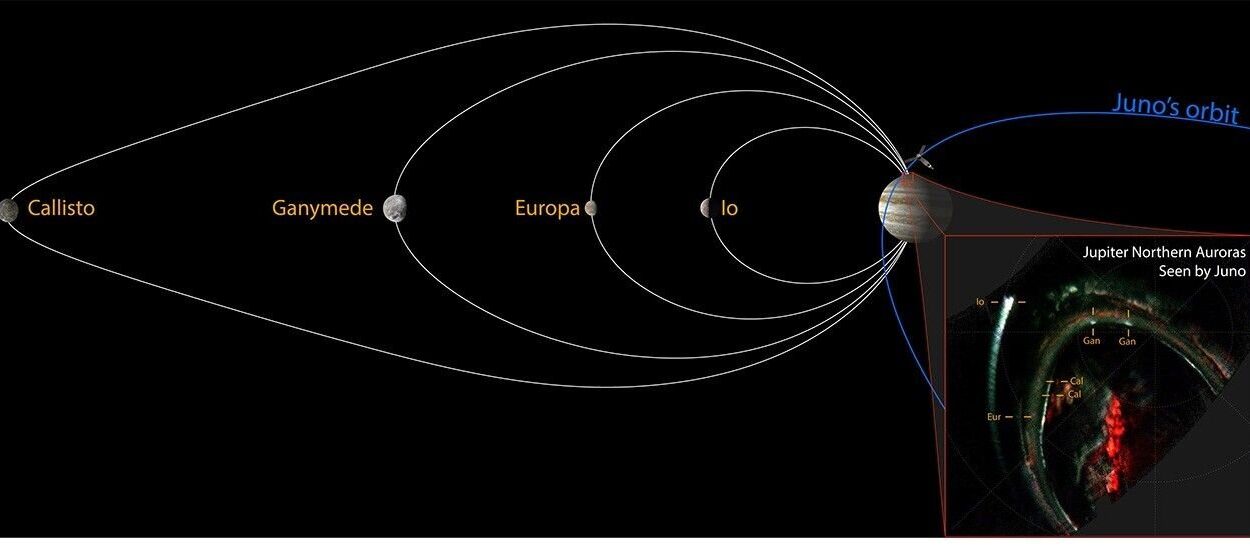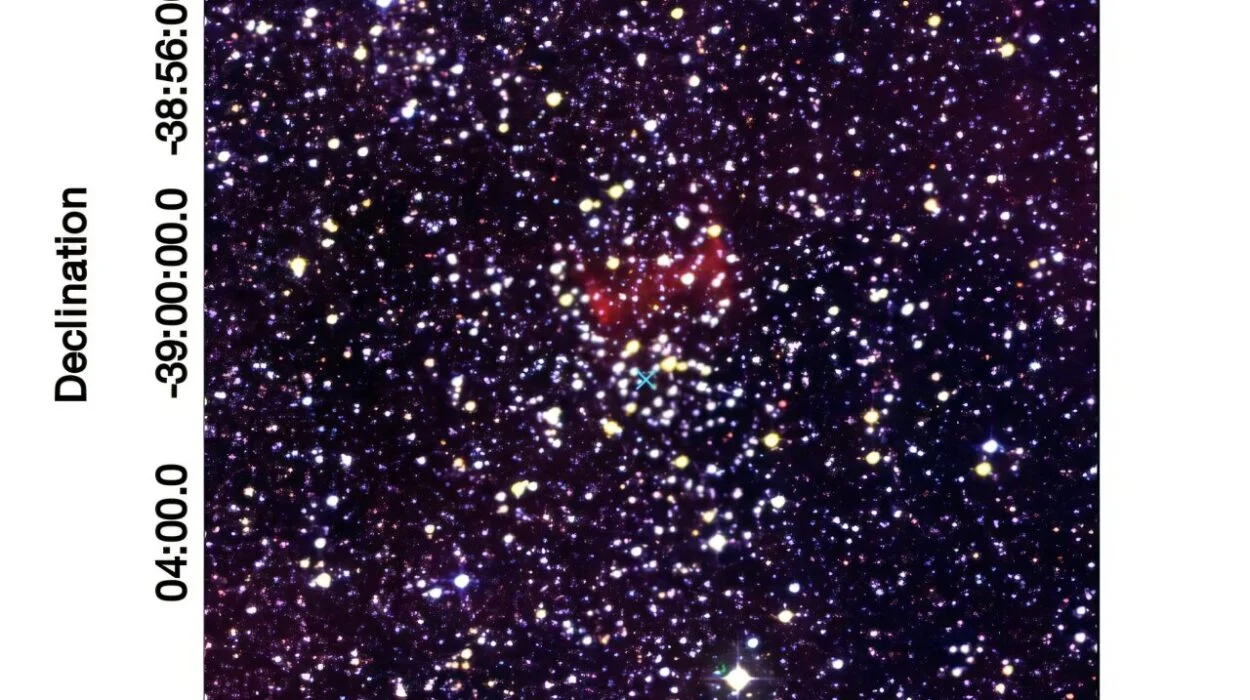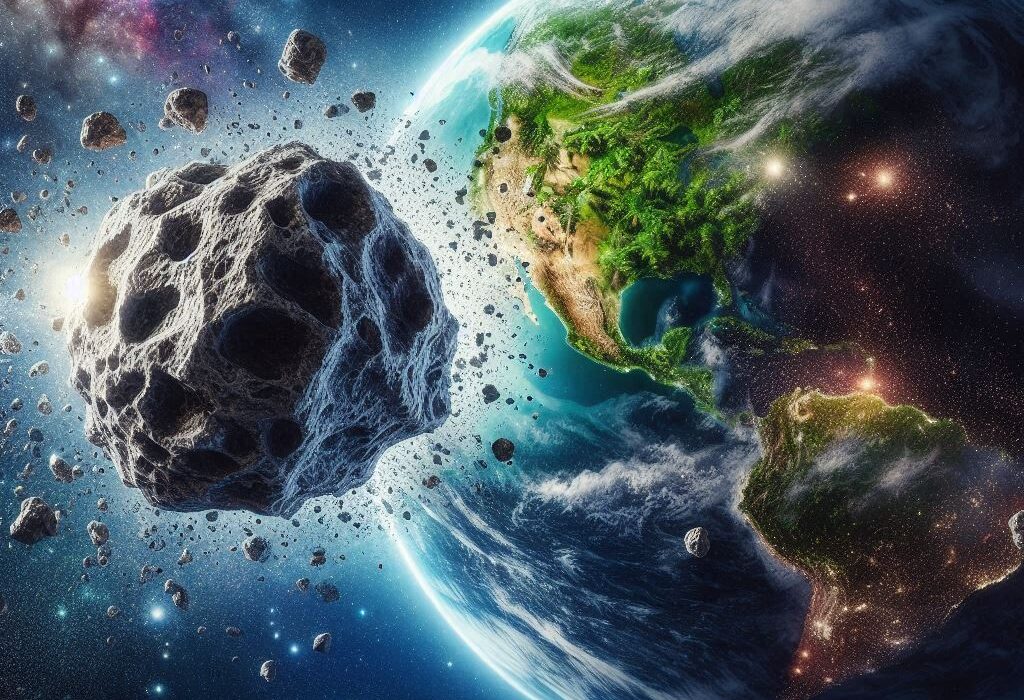For centuries, astronomers looked up at the night sky and assumed that the universe—born in a fiery Big Bang—was on a slow journey toward stillness. Gravity, after all, was the one familiar force everyone expected to win. It pulls planets into stars, galaxies toward one another, and should, over time, tug the entire universe into a slower, quieter state.
But in 1998, a group of astronomers watched the afterglow of dying stars and saw something impossible.
These were not ordinary stars. They were Type Ia supernovae, white dwarf stars that exploded with precise and predictable brilliance. By measuring their light and redshift—how their glow stretched as the universe expanded—scientists discovered that distant galaxies were not just moving away. They were moving away faster the farther they were. The expansion of the universe was accelerating, as if something unseen was pushing it outward with growing force.
That mysterious something became known as dark energy, and its discovery flipped our understanding of the cosmos inside out. In 2011, the work earned a Nobel Prize. But the truth, as it turns out, may be even stranger than it seemed back then.
The Ghost That Pushes Galaxies Apart
Dark energy, unlike anything we’ve ever experienced on Earth, is not a force we can touch or see. It doesn’t clump like matter or glow like stars. Yet it makes up nearly 70% of everything that exists. It acts like an invisible pressure, embedded in space itself, stretching the fabric of the cosmos faster and faster.
For decades, the standard theory—known as the Lambda Cold Dark Matter model, or Lambda CDM—has assumed that dark energy behaves like a constant background hum. The “Lambda” stands for Einstein’s cosmological constant, a mathematical patch he once introduced (and later regretted) to keep the universe from collapsing. In this model, dark energy has the same strength across all time, pushing gently but persistently as the universe ages.
But what if that’s not the case?
New findings suggest that this ghostly energy might not be constant after all. It might be changing. And if it is, our entire model of the universe—its birth, its current state, and its future—may need rewriting.
Union3: A New Map Made of Exploding Stars
To investigate the nature of dark energy, astronomers have been collecting light from Type Ia supernovae for more than 25 years. Each one is like a glowing ruler that lets scientists measure vast distances across the universe. These supernovae shine with nearly uniform brightness, and by comparing their apparent brightness to how much their light has redshifted, researchers can figure out how fast the universe was expanding when that light began its journey billions of years ago.
But not all supernova data are created equal. Different telescopes, different filters, different methods of analysis—all introduce subtle inconsistencies. Using multiple datasets without correcting for those differences is like trying to compare apples to oranges, then using the result to calculate the size of a watermelon.
That’s why scientists from the Supernova Cosmology Project, based at the Department of Energy’s Lawrence Berkeley National Laboratory, created Union3—the most comprehensive and carefully calibrated supernova dataset in history. It includes data from 2,087 Type Ia supernovae collected by 24 different surveys, stretching across 7 billion years of cosmic history.
Union3 is more than just a massive file. It’s a tool built with meticulous statistical precision, capable of filtering out noise, correcting for inconsistencies, and allowing scientists to compare cosmic events as if they had all been observed with the same instrument under the same conditions.
A Whisper That Could Shake the Universe
When scientists analyzed the Union3 dataset, they noticed something subtle—but potentially revolutionary. The data hint that dark energy may be weakening over time. That is, the cosmic push might not be as constant as we once thought. If confirmed, this would mean that dark energy is evolving—growing stronger in the past, and now possibly slowing down.
The result isn’t conclusive. It doesn’t scream. It whispers. But that whisper echoes another recent observation from a completely different technique: baryon acoustic oscillations, or BAO—a method that studies how galaxies clump together due to early universe sound waves. The Dark Energy Spectroscopic Instrument (DESI), a massive project dedicated to mapping this clumping, has reported similar findings.
And yet another analysis, this time involving data from the Dark Energy Survey, points in the same direction.
The convergence of these independent techniques has cosmologists sitting up straighter in their chairs.
No one is celebrating yet. As Saul Perlmutter, one of the Nobel-winning scientists who discovered dark energy, says: “We scientists are suppressing any premature elation… but people are certainly sitting up in their chairs.”
The Fate of Everything May Depend on It
If dark energy is not constant, then our predictions for the universe’s future shift dramatically.
In the Lambda CDM model, dark energy eventually dominates completely, causing the universe to expand forever. Galaxies drift so far apart that no new stars are born, and the cosmos enters a cold, quiet heat death.
But if dark energy weakens, that fate could change.
If the gravitational pull of dark matter begins to win again, cosmic expansion could slow down, stop, or even reverse. A far-future universe could collapse back on itself in a Big Crunch. Or if dark energy grows stronger, the expansion could tear galaxies, stars, and atoms apart in a final, spectacular Big Rip.
All of this hinges on what dark energy actually is—and how it behaves over time.
A Candle in a Vast, Dark Hallway
To make sense of the Union3 data, scientists used a statistical method called a Bayesian Hierarchical Model. It’s like having a smart assistant who can weigh uncertain information with probability, incorporating partial truths and accounting for things we might not even know we’re missing.
This method allowed researchers to adjust for subtle effects—like the way telescope filters may degrade over time, changing how much light they capture from a supernova. It even allows flexibility for unknown variables, refining the accuracy of the cosmic measurements.
Think of supernovae as identical candles spaced down a long, dark hallway. Their light helps us judge the hallway’s length and the shape of the space it illuminates. But only if we know exactly how bright the candles really are. Calibration is everything. Union3 provides a standardized, high-resolution map of those candles like never before.
Looking Deeper, Reaching Further
The story doesn’t end here. Union3 is just the foundation. Over the next year, the team plans to add hundreds more low-redshift supernovae (closer in time and space), where our current data are weakest and precision is most needed.
New instruments are on the horizon, too. The Vera C. Rubin Observatory, recently capturing its first images, and NASA’s upcoming Nancy Grace Roman Space Telescope will deliver tens of thousands of new supernova observations. These will stretch across space and time, filling in missing pieces of the cosmic puzzle.
With Union3’s framework in place, these data can be seamlessly integrated, improving accuracy and allowing scientists to track the changing tempo of the universe with even greater clarity.
Cosmic Collaboration in the Halls of Science
One of the most beautiful aspects of this research is the collaboration it inspires. At Berkeley Lab, researchers working on supernovae walk the same halls as those studying BAO. They compare notes, challenge assumptions, and refine techniques together.
This convergence of methods—supernovae, BAO, and even studies of the cosmic microwave background from the early universe—allows scientists to see dark energy from multiple angles. Each method illuminates a different chapter of the universe’s story. Together, they might reveal its final act.
The Mystery That Might Define Us
The idea that the universe is expanding faster and faster already rewrote our understanding of cosmology. But if that acceleration is now changing—slowing, twisting, evolving—then we are at the edge of something even more profound.
Dark energy may hold the key not only to the fate of the cosmos, but to the physics that lies beyond what we know. Is it a new kind of field? A property of quantum space? Evidence that gravity itself changes over time? We don’t yet know.
But the stars that died billions of years ago—flaring into the night as supernovae—are still telling us stories. Their light, faint but precise, continues to shape our future.
Sometimes, it only takes the quiet flicker of a distant explosion to shake the foundations of science.
And sometimes, a thousand dying stars are what we need to understand how the universe truly lives.
Reference: David Rubin et al, Union through UNITY: Cosmology with 2000 SNe Using a Unified Bayesian Framework, The Astrophysical Journal (2025). DOI: 10.3847/1538-4357/adc0a5
